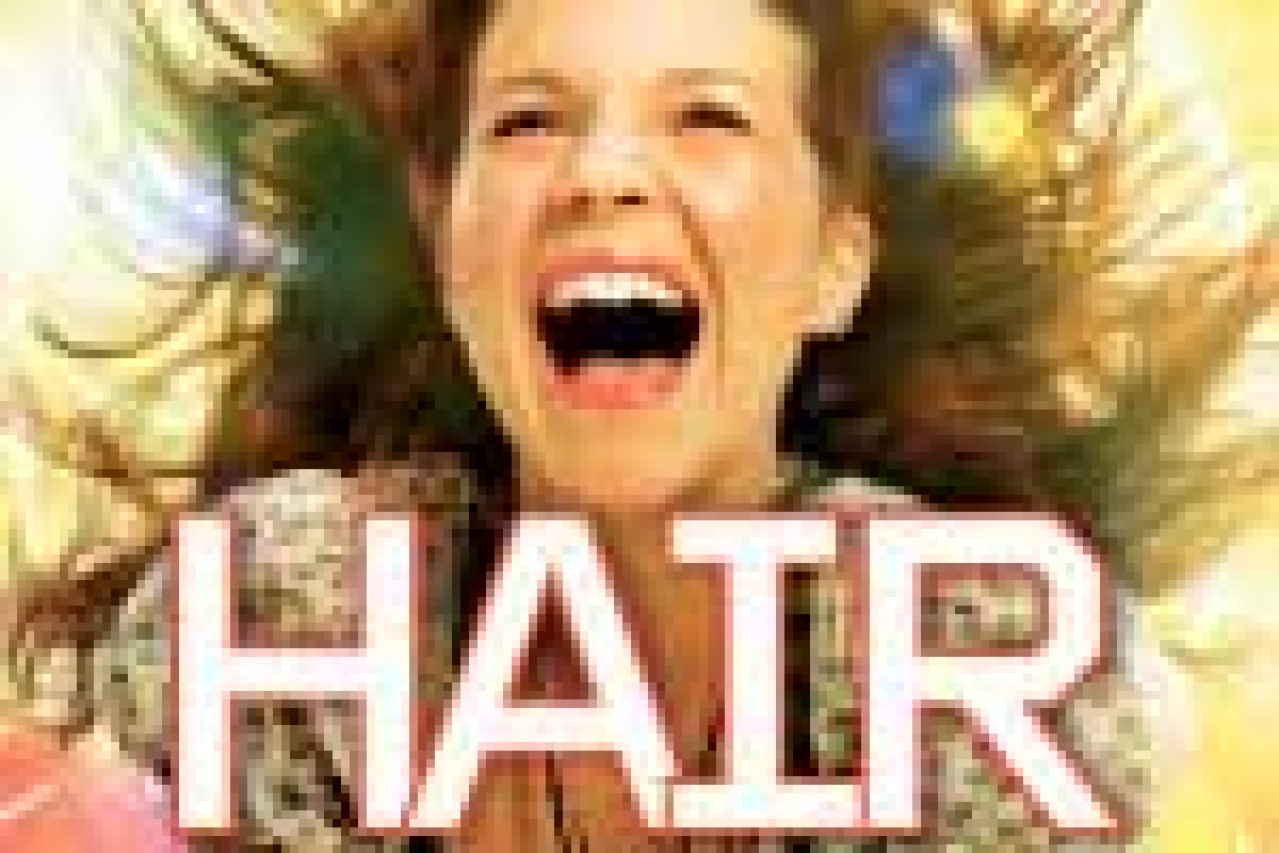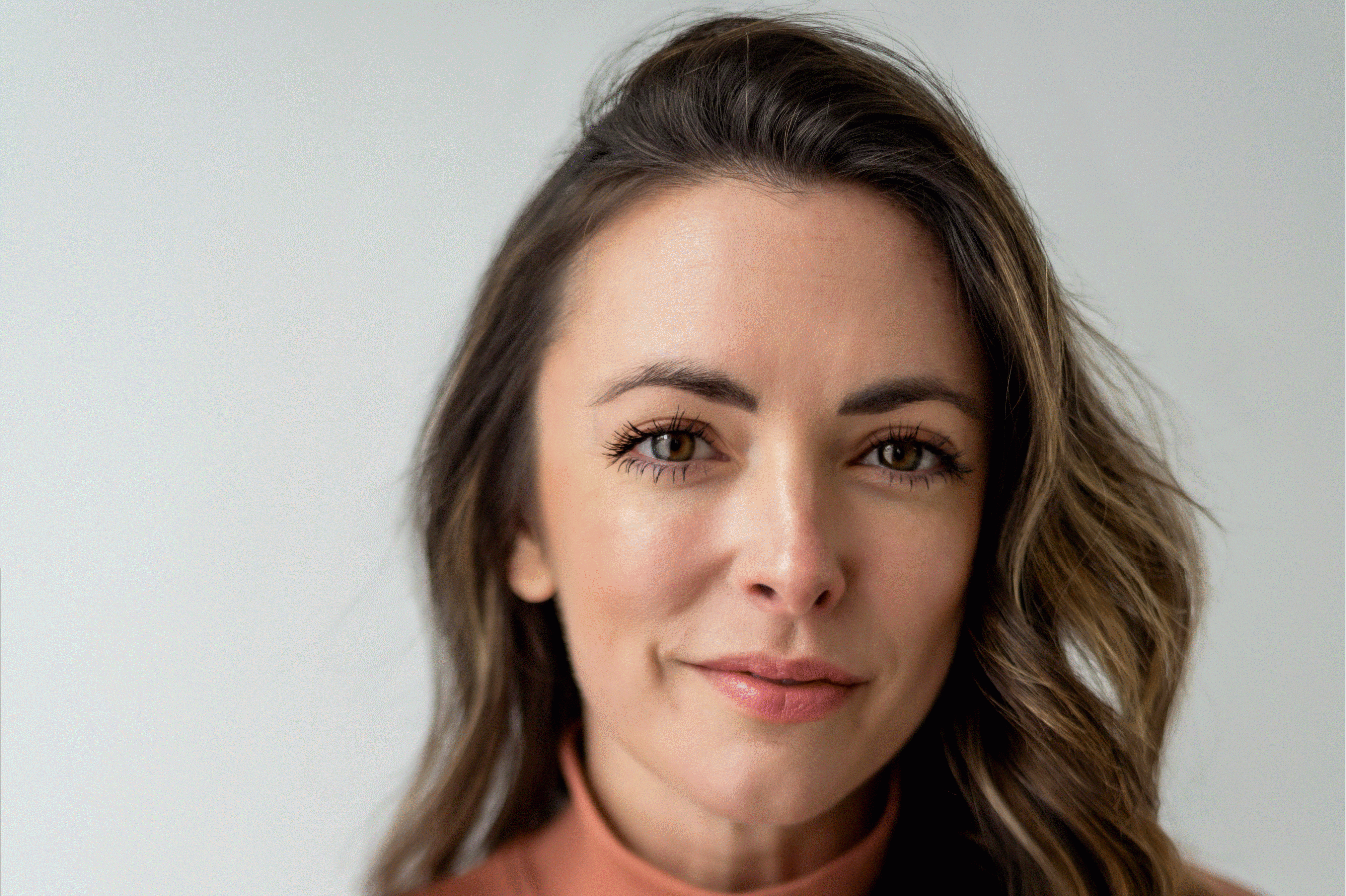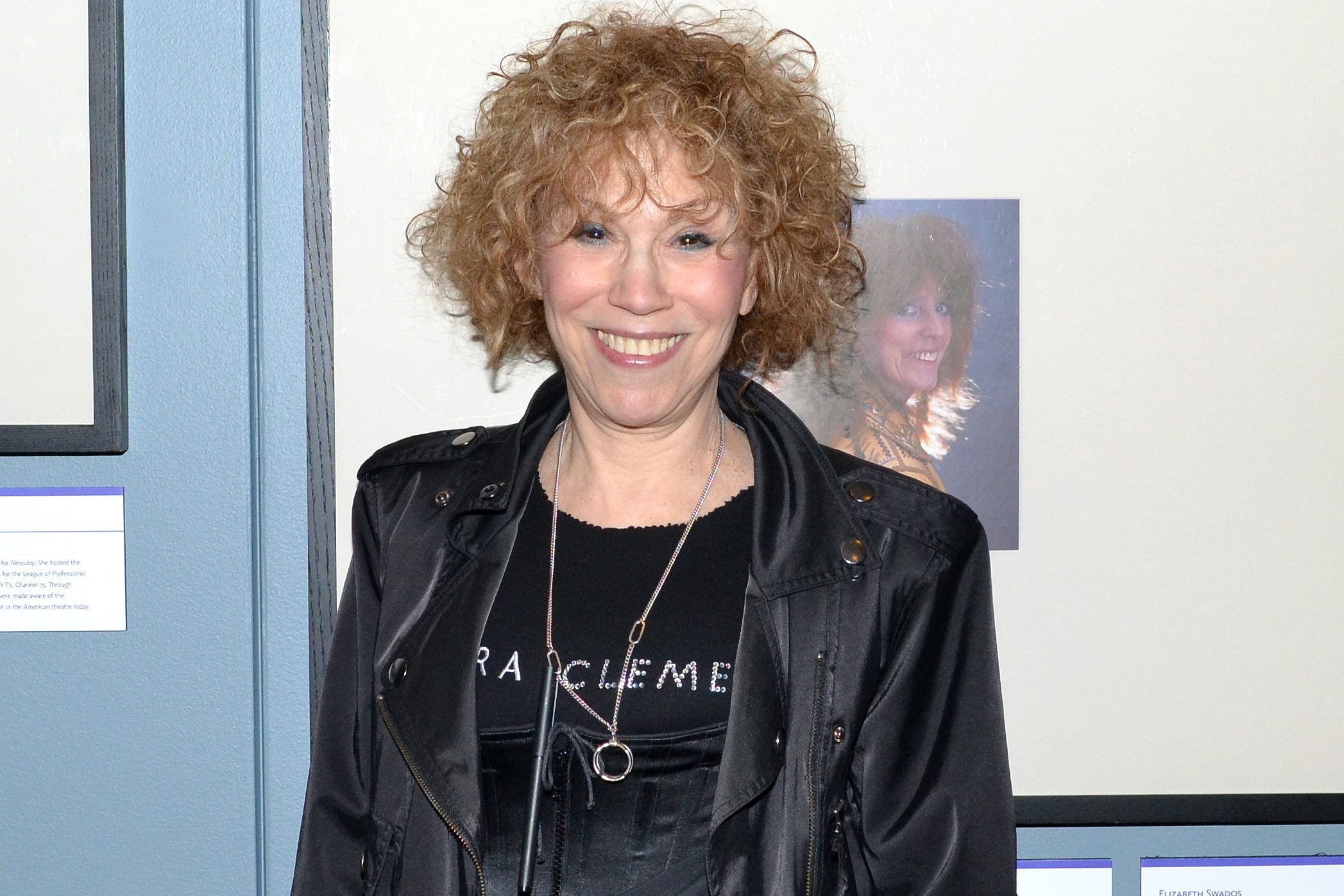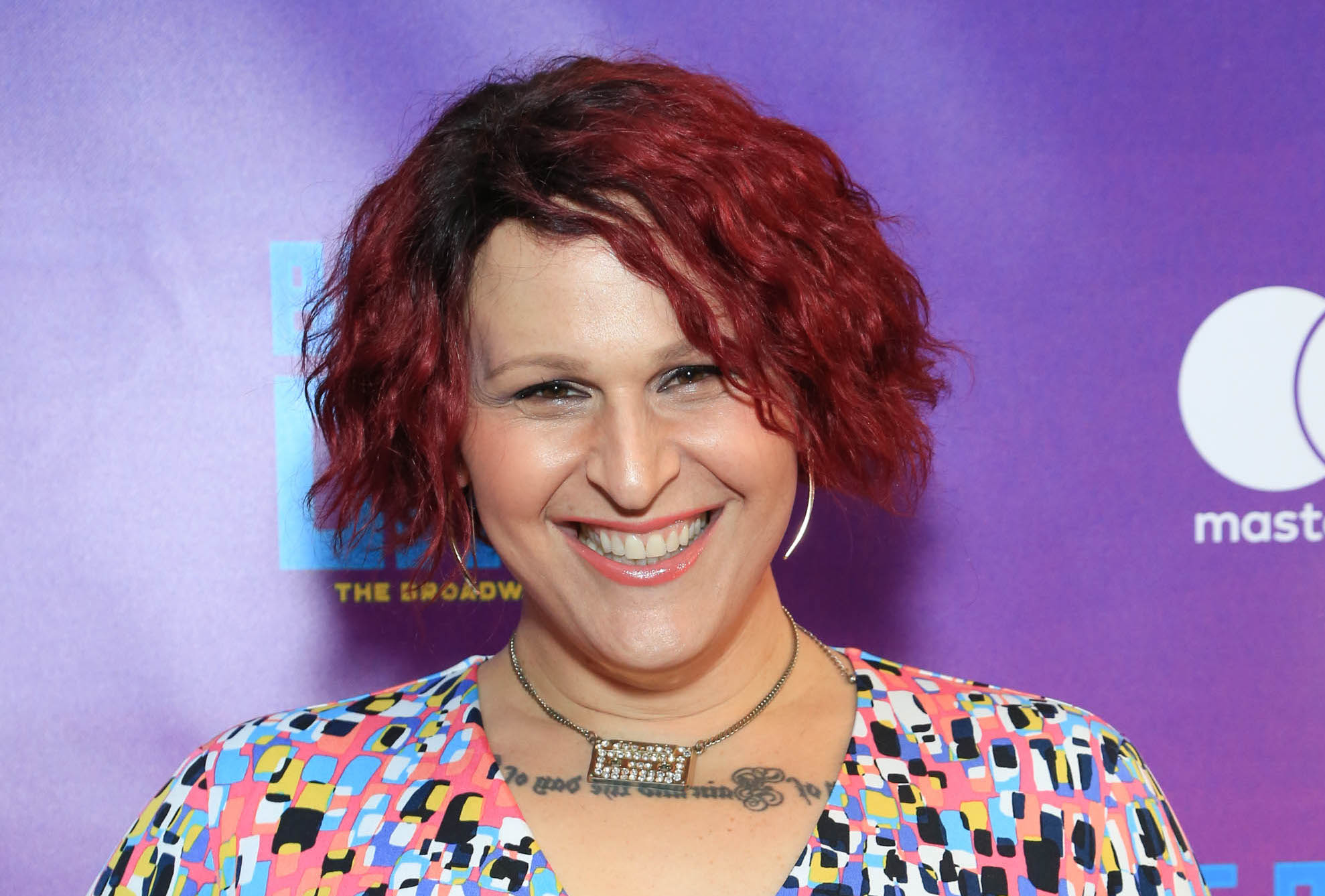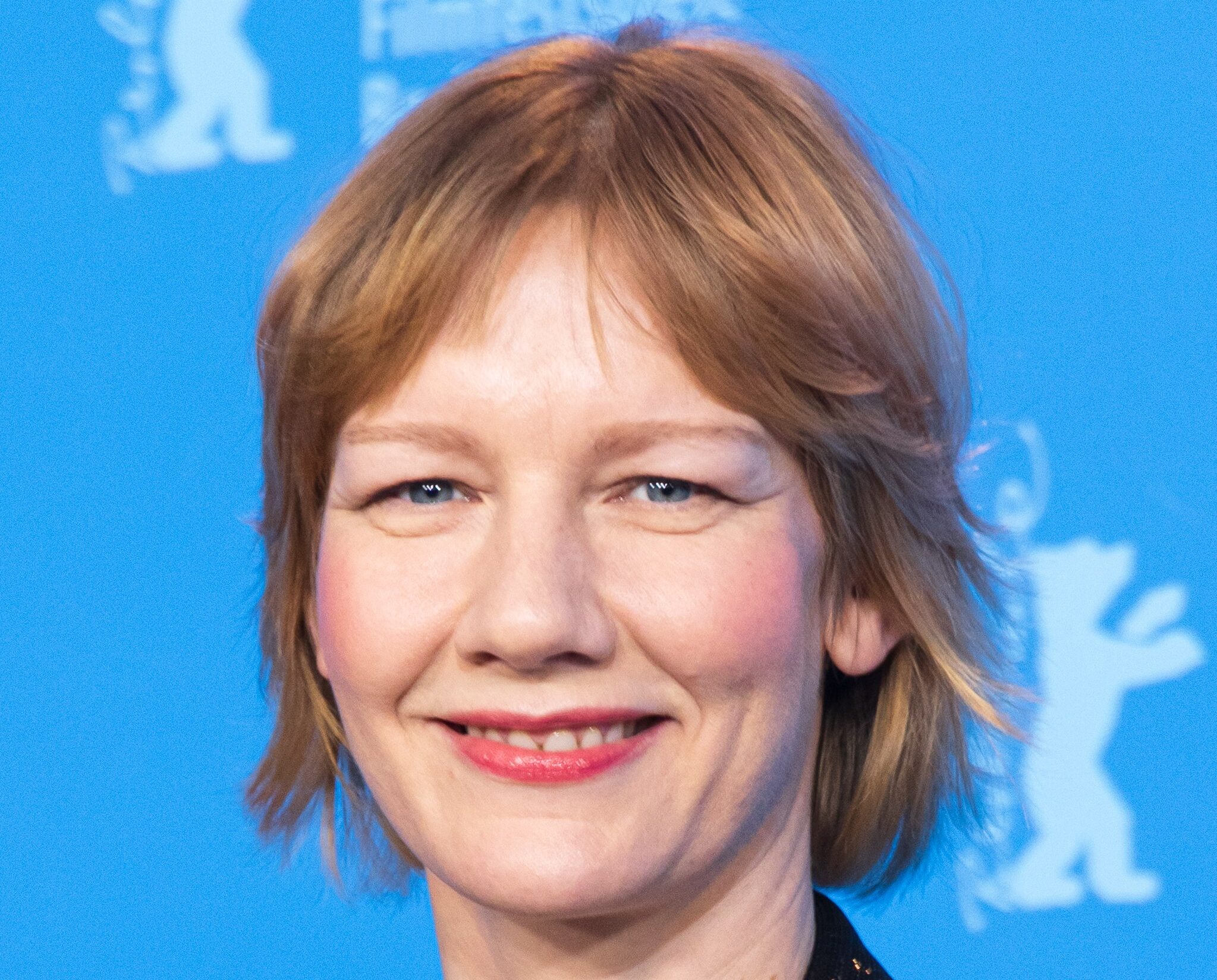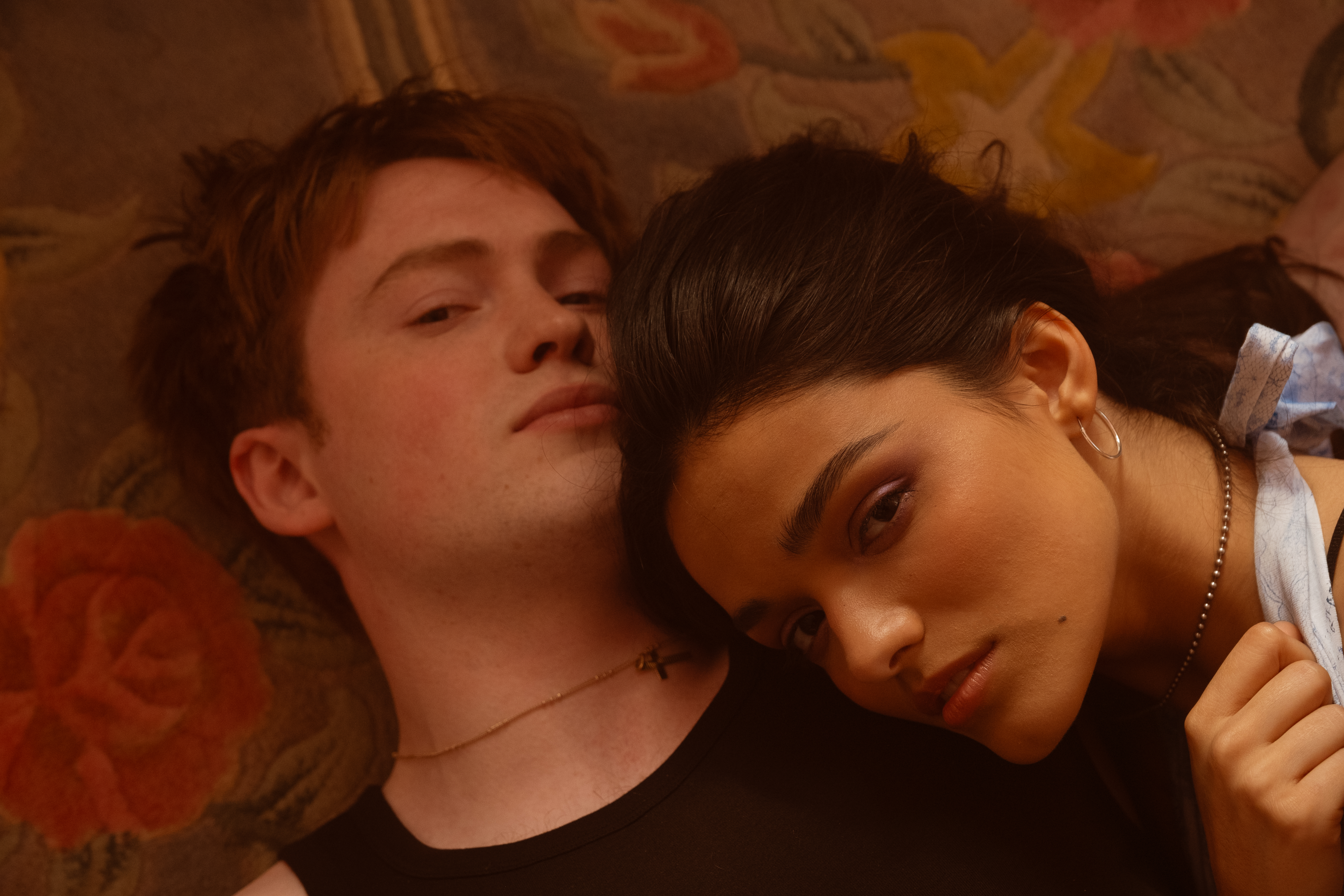Hair

and Ace Young in Hair
(© Joan Marcus)
Watching the current “tribe” of the Tony Award-winning revival of
Hair, now at Broadway’s Al Hirschfeld Theatre — the fourth group of actors I’ve seen since the show’s first Central Park concert staging in 2007 — only makes me admire director Diane Paulus’ handling of the landmark 1967 work even more. Although some of the key players of this extremely energetic troupe don’t quite deliver the necessary emotional goods, the show not only retains its political and social relevance, but remains an ultimately heartbreaking yet joyful piece of theater.
True, Paulus has been blessed with one of the theater’s greatest scores, by Galt McDermot, Gerome Ragni, and James Rado, and it still sounds as fresh as a proverbial daisy. Her triumph, however, has been in transforming Rado and Ragni’s book so it feels like much more than just a disconnected series of vignettes, while retaining some of the script’s vaudevillian feel.
Almost by magic, she effectively creates a dramatic through-line by keeping the primary focus on whether middle-class-kid-turned-hippie Claude (Kyle Riabko) will find a way to avoid being shipped to Vietnam. It’s an action urged upon him by his best friends and sometime paramours, high-school dropout Berger (Ace Young) and college student and fervent activist Sheila (Diana DeGarmo), with whom he spends his days and nights in a frenzy of free love, drugs, the occasional tourist-scaring, and one distinct display of full-frontal nudity. (There can be a bit of audience scaring as well, as the players frequently interact with the patrons, whether they like it or not.)
Scott Pask’s minimal set, Kevin Adams’ superlative lighting design, and most especially, Karole Armitage’s kinetic choreography, which cleverly incorporates some of the dance movement of the 1960s, all add significant contributions to the directorial vision. But so much of the show’s success relies on the people actually on the stage, and there’s no question this young group of actors is giving its all.
While it would be a pleasure to report that this cast is as effective as the past ones, that’s only sporadically the case. The one major exception is DeGarmo, who brings an extraordinary intensity and magnificent voice to the role of Sheila. She nails the hell out of the show’s big ballad, “Easy To Be Hard,” and makes the most of its pop-hit “Good Morning Starshine.”
Riabko has a truly lovely singing voice and sweet manner, both of which suit the role of Claude quite well. But there’s a slight shallowness as well, and he can’t quite erase the memories of predecessors Gavin Creel or Jonathan Groff. He also generates little sexual chemistry with anyone in the cast, most notably Young, whose overexuberant, puppyish Berger grows a bit wearisome before show’s end.
Of the many supporting players, the most memorable impressions are made by the rafter-shaking Jeanette Bayardelle as Dionne, the exorbitantly charismatic Wallace Smith as Hud, the adorably kooky Annaleigh Ashford as the pregnant Jeannie, Anastacia McCleskey as a super-sassy Abraham Lincoln, Rachel Bay Jones in multiple roles, notably Claude’s shrill mother, and Josh Lamon, who practically steals the show as the free-thinking “Margaret Mead” (and doubles effectively as Claude’s stern father).
Sadly, the attempts of these drug-addled dreamers to escape the reality of their situation never fully succeed, despite their frantic attempts at turning on and tuning out. Indeed, the almost-end-of-Act I moment when the male members of the group burn their draft cards as part of a “Be-In” is positively chilling, knowing the potential consequences of such a subversive and illegal action, and the final tableau, no matter how foreshadowed, still packs a devastating punch.
That Paulus nonetheless allows us to leave the theater on our own high, with a free-for-all dance party as a cleverly added post-script, is just one more brilliant touch in this must-see production.



